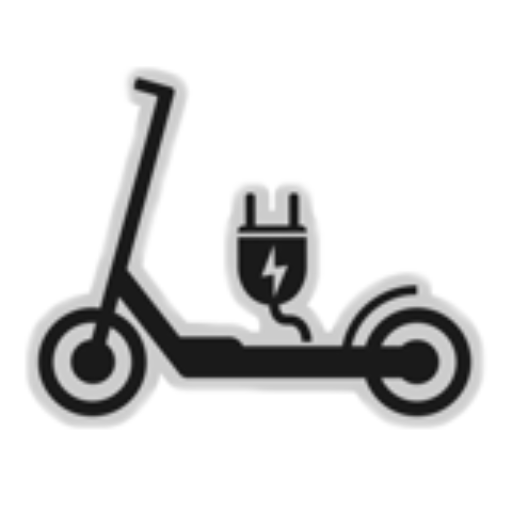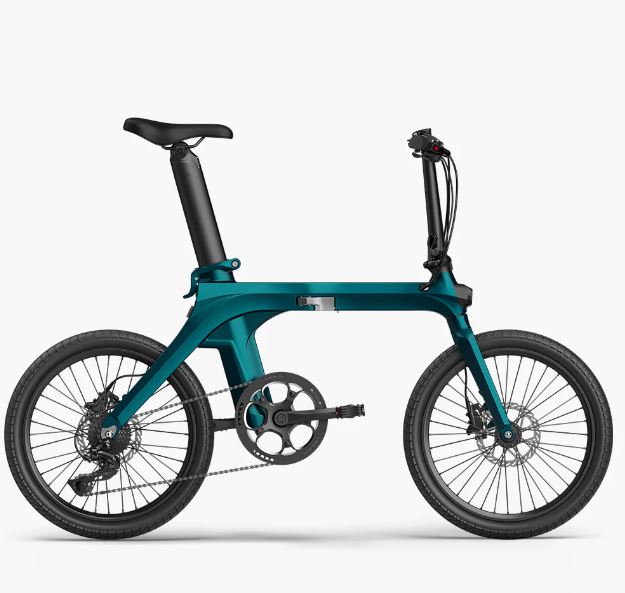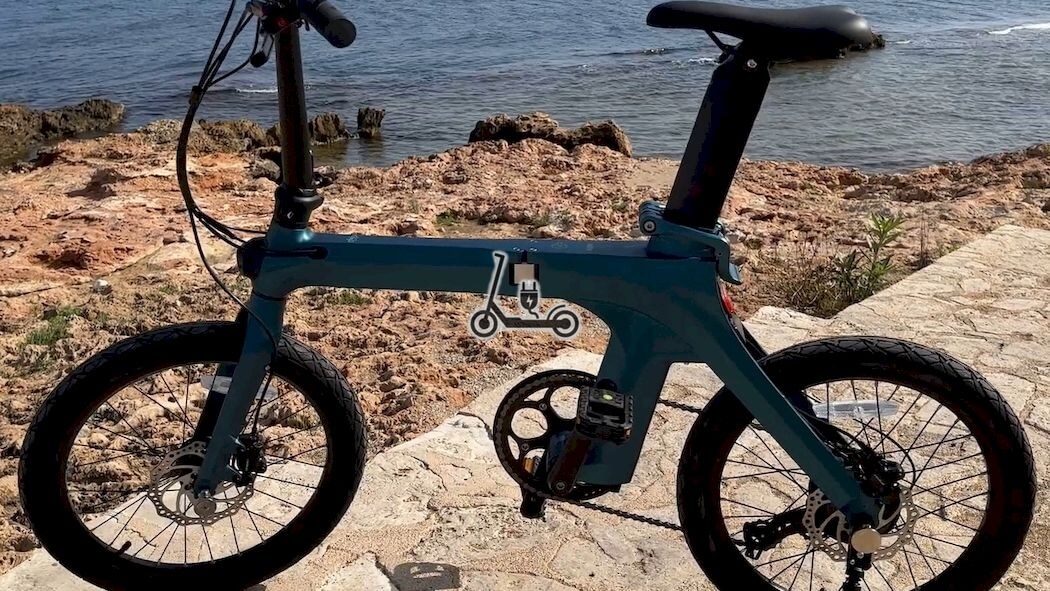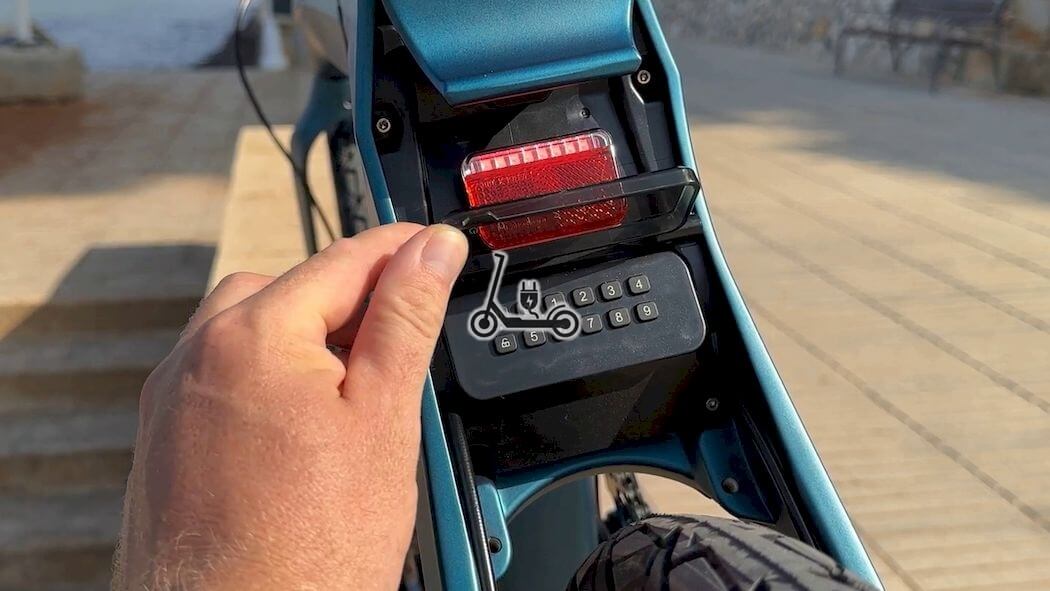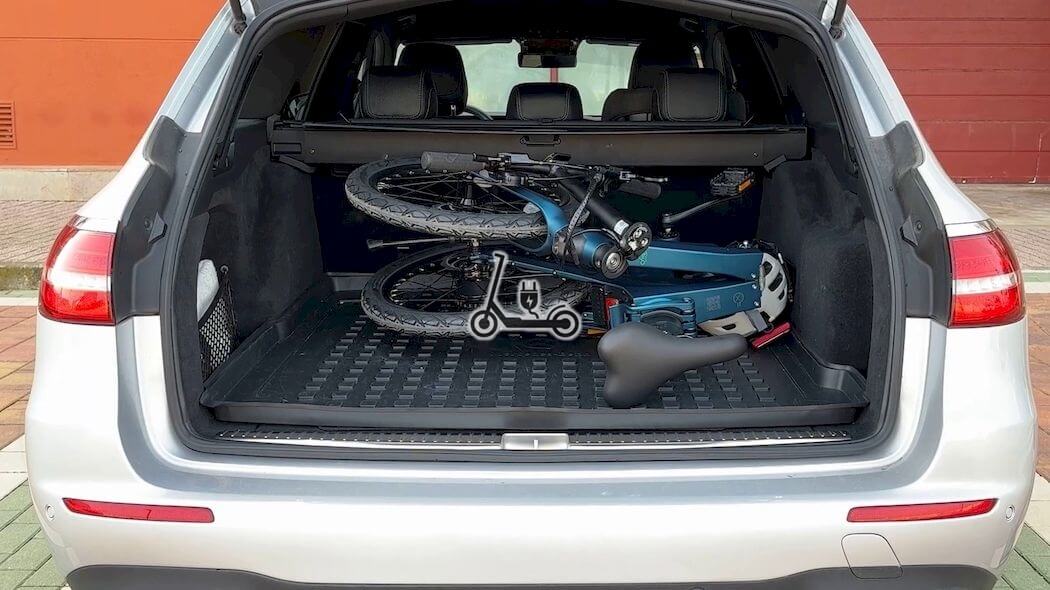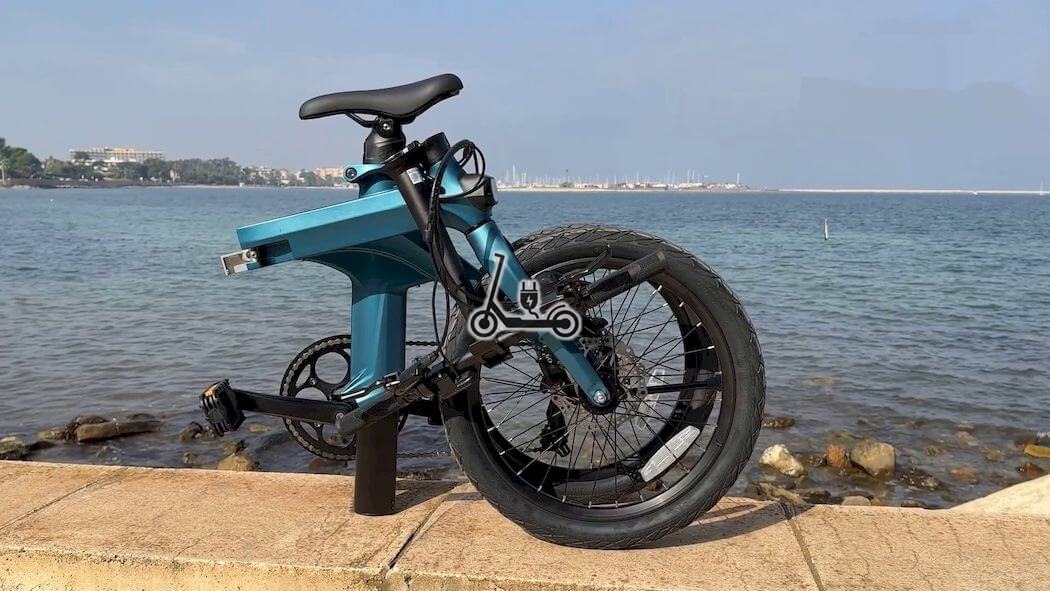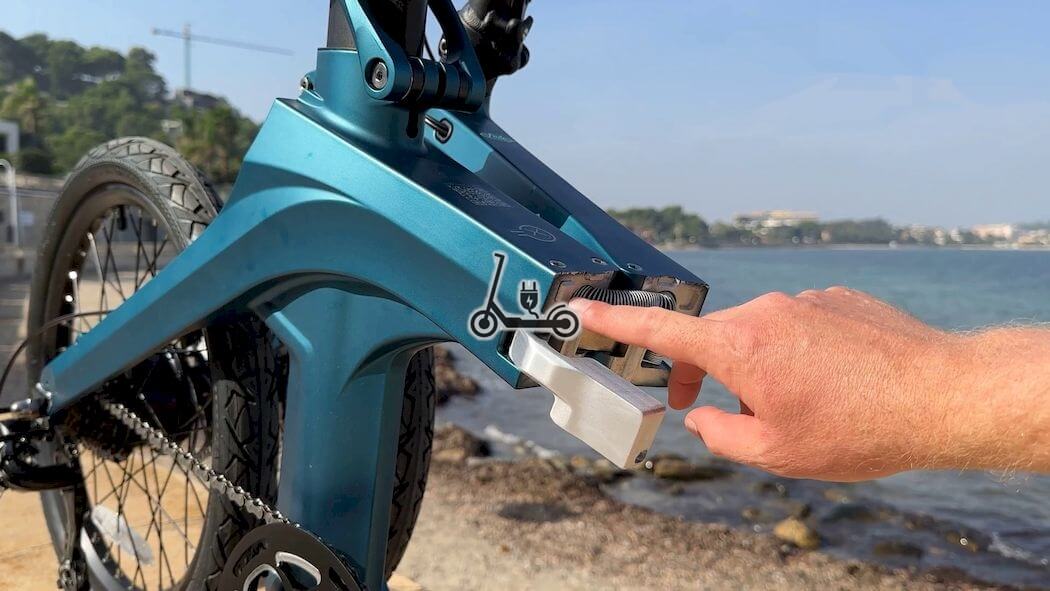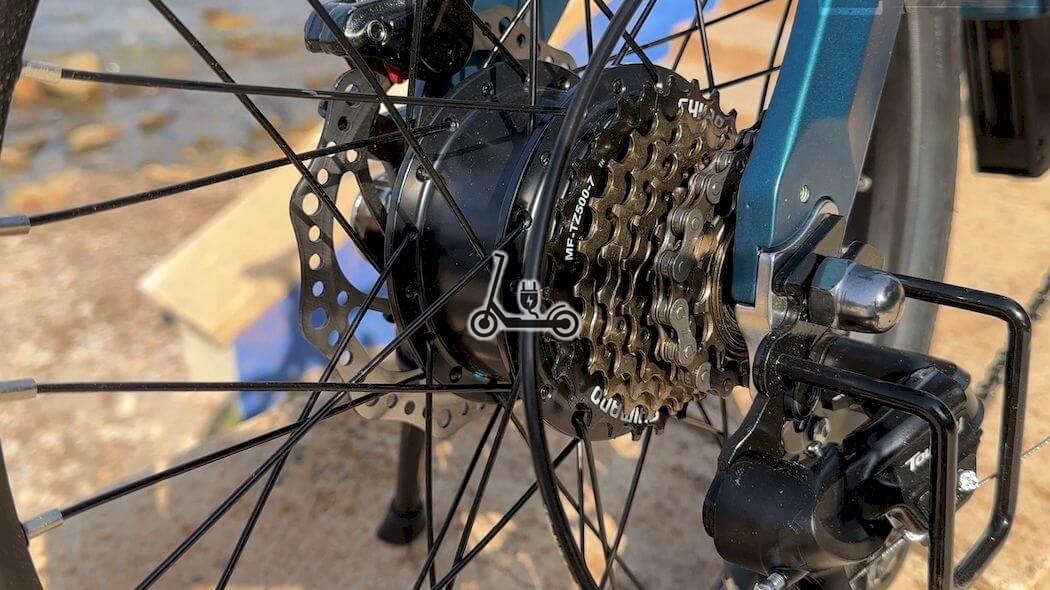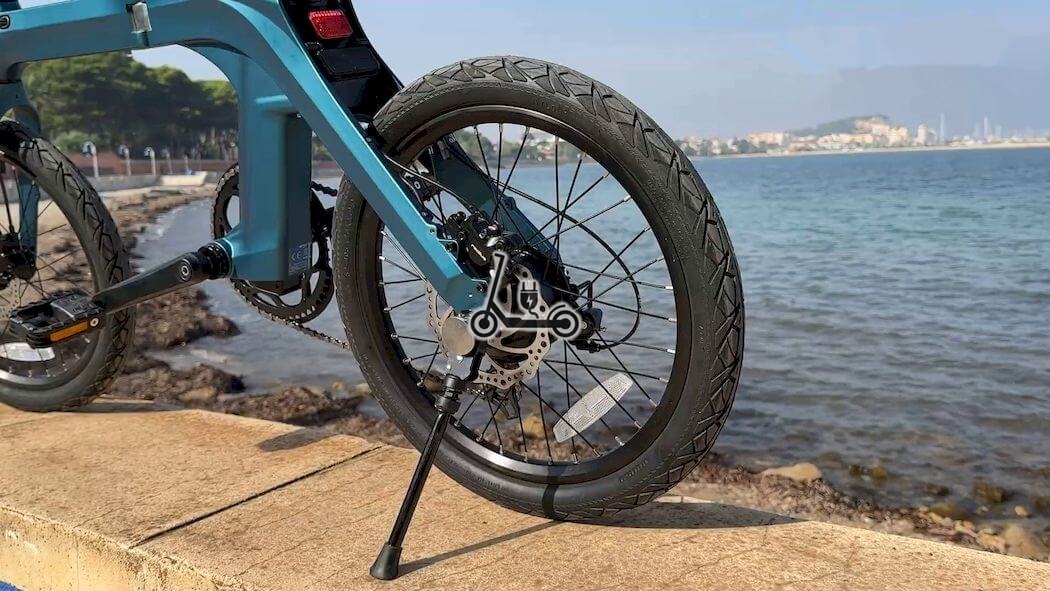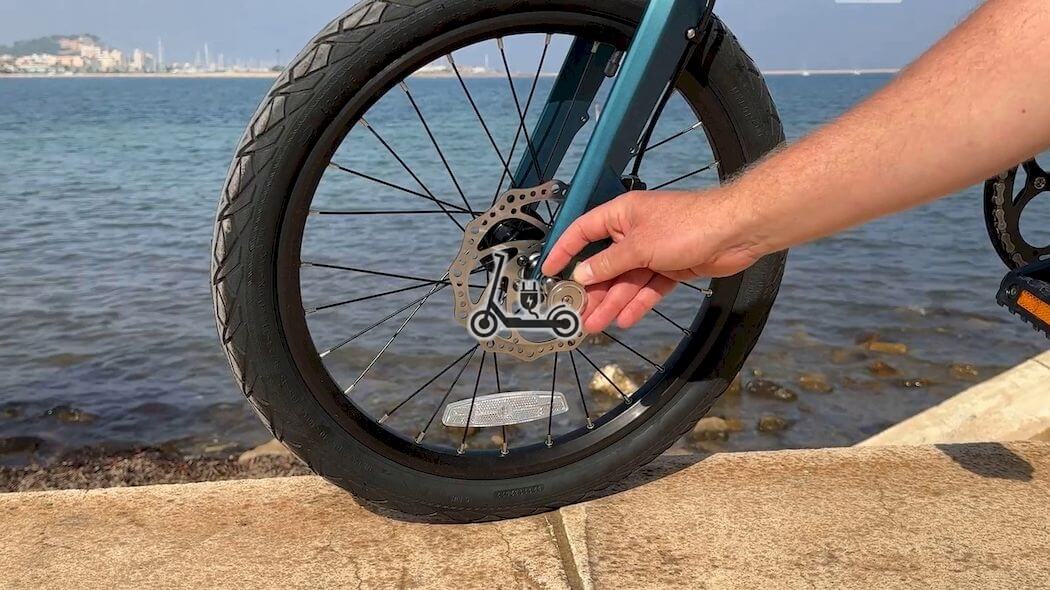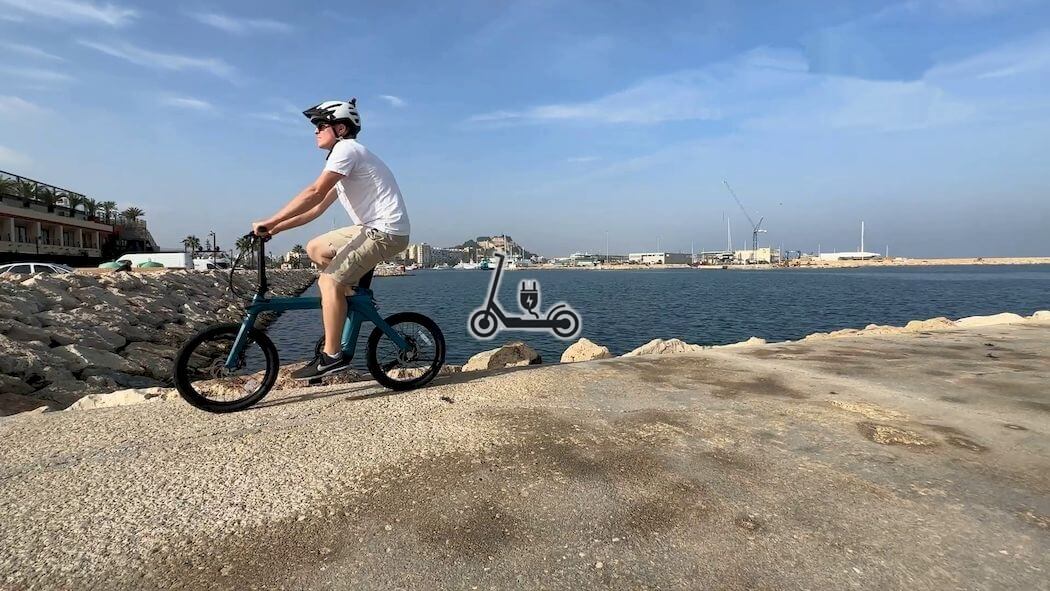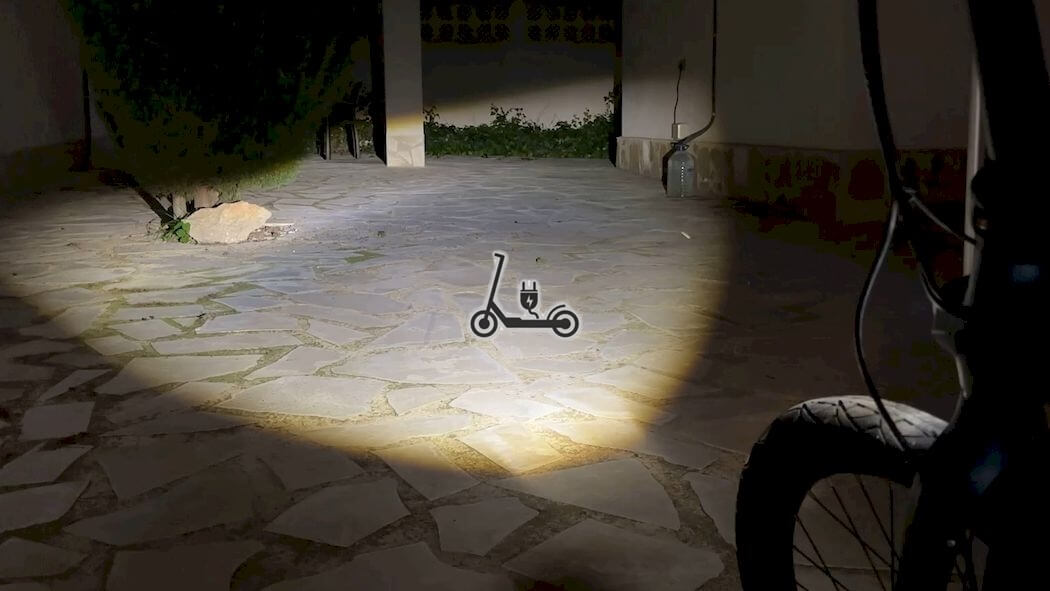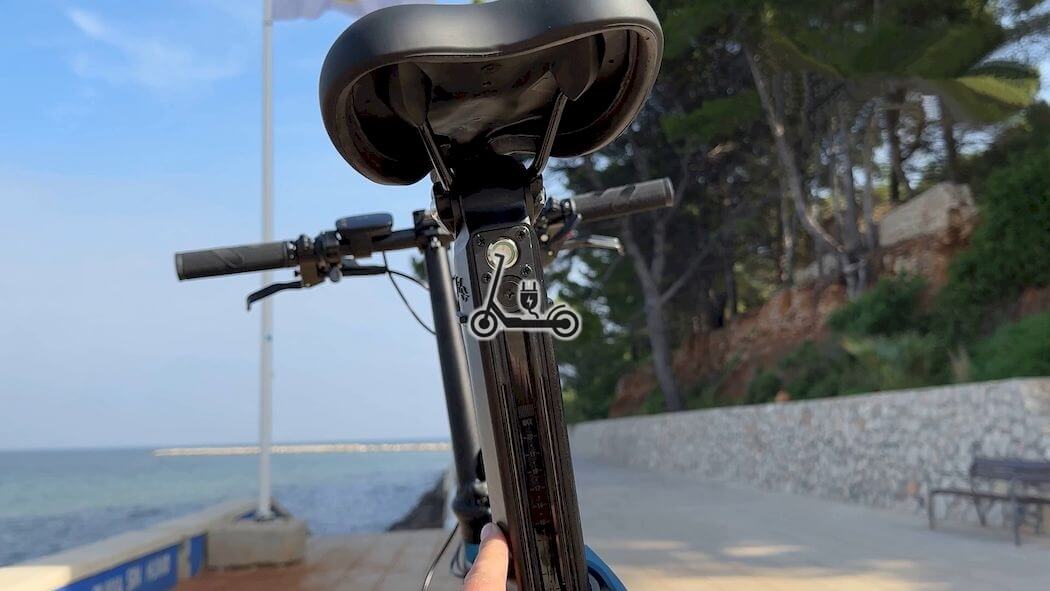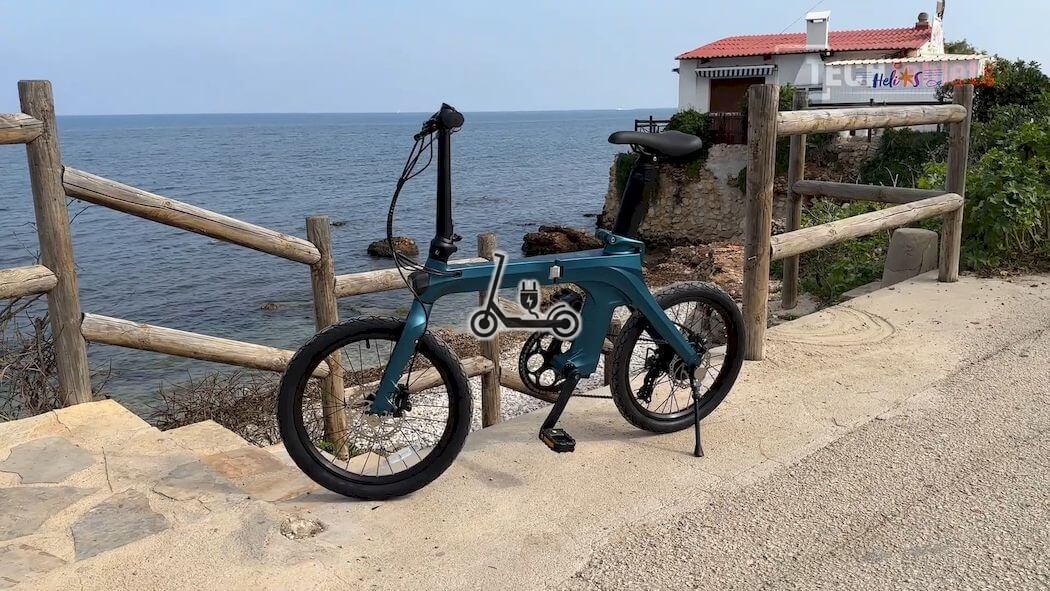The Fiido X foldable electric bike is the company’s Indiegogo follow-up to the Fiido D11 e-bike from the previous year, a low-cost e-bike that once again demonstrated that you get what you pay for.
The Chinese direct-to-consumer startup, which was launched in 2016, believes that the Fiido X significantly outperforms the D11. The e-bike was sold to me with the line, “All the drawbacks on D11 are eliminated,” despite the price increase to $1499. That’s around $300 more than the D11, which at first look appears reasonable given that the Fiido X has a very extensive list of enhancements and that generic parts used on affordable e-bikes are currently in short supply globally.
Right now, I’m getting a lot of folding electric bikes to test, and they’re all really nice. However, one stands out among the others head and shoulders (in my opinion). In this Fiido X review, I’ll examine the features that make this electric bike stand out from the crowd and give you my opinion based on my preliminary examination and test ride.
A well-known international e-bike manufacturer, Fiido was founded in 2016. They’ve always had a solid reputation for after-sales assistance as a direct to consumer firm. A folding electric bike with lots of features that is lightweight and affordable is called the Fiido X.
Namely, the D11’s thick, unsightly welds are replaced by a lighter, more aesthetically pleasing magnesium frame on the Fiido X. Additionally, the X has a new torque sensor that promises more intuitive and effective power distribution, an integrated keyless lock to prevent the saddle and batteries from being taken, as well as many other significant and little upgrades.
So let me begin by remarking on how much a year can change.
| MODEL | FIIDO X (350W) |
| Display | LED with USB Charging Port |
| Battery | 417.6Wh |
| Frame Material | Magnesium Alloy |
| Max speed | 19.2MPH(32KM/h) |
| Gear System | Shimano 7 Speed |
| Motor | 350W Brushless Geared Motor |
| Power Assisted Range | 110KM / 68Miles |
| Net weight | 19.8KG(43LB) |
| Tire Size | 20 x 1.95 inch |
| Fold Size | 794 x 350 x 803mm |
| Bicycle Size | 1490 x 587 x 1070mm |
Video review of Fiido X
Fiido X: Design and Build Quality
First impressions matter a lot, and it was clear when I opened the box that Fiido had made improvements. It traveled around the world unharmed despite being transported with substantially less packaging material than the D11 from the previous year. I was up and riding after the bare minimum of assembly in about 10 minutes.
As soon as it is inserted, the seat and battery assembly locks into position. By entering the unique passcode that you know, you can unlock it and take the battery inside to charge it. A new clamping system that also replaces the pigtail connection used to electrically connect the battery to the motor allows for seat height adjustment.
The ebike has a neat folding mechanism that conceals most of the workings inside the magnesium alloy frame. It folds in four steps to 794 x 350 x 803 mm in only a few seconds, starting with the handlebar and moving on to the seat-post battery, pedals, and frame.
Although a guiding hand on the frame helps the ebike hold itself together in a push, utilizing the seat as a handle, the small metal plates at the axle of each wheel are magnetically attracted to each other. The X weighs 19.8 kg, hardly the lightest folding ebike on the market, but it shouldn’t be too difficult to quickly lift into the trunk of the car or up into the train from the platform.
The Fiido X now requires a passcode to turn it on in addition to another button on the battery for some reason. Although it won’t stop bike thieves from riding away using only their legs, at least they won’t gain from the pedal-assist.
The chain-drive Fiido X has 20-inch wheels with CST 20×1.95-inch tires, a tiny mechanical bell, the option to install the included fenders or leave them off for a sportier look, a Shimano MF-TZ500 7-speed derailleur with S-Ride handlebar shifter, Radius hydraulic disc brakes with a 160-mm rotor to the front and 140 mm at the back, and more.
Another noteworthy change is the redesigned hinge on the folding magnesium frame. The bike can fold in half without encountering the significant resistance I encountered with the D11 e-bike that I evaluated because it opens smoothly. The bike may be swiftly disassembled into a very small package that can be hoisted onto a train or into the trunk of a car thanks to the quick-folding handlebar. Unfortunately, unlike more expensive Brompton or GoCycle foldables, none of the folded components lock into place, making the 17kg Fiido X a bit awkward to handle or scoot along on one wheel.
The ebike has a maximum carrying capacity of 120 kg and can accommodate riders with heights between 1.55 and 2 m when it is folded down to 1,490 x 580 x 1,020 mm. The handlebar height is not adjustable, but the seat height is.
The wheels appear to be sturdy; the rim even has eyelets. Particularly smooth is the bearing on the front wheel. The tires, CST 20′′ x 1.95′′, offered reasonable grip and comfort throughout the ride on rutted country roadways.
Fiido X: Motor and Driving
I was able to comfortably climb the steepest slope I could find in the third power setting thanks to the 250W Aikema rear-hub motor, which is significantly quieter than its predecessor but also offers greater power on hills. Even though it would be a minor slope by San Francisco standards, the D11 had trouble with it a year earlier.
One strange thing I noticed is that the speed restriction only goes up to 25km/h (approximately 15.5mph), even though I was riding downhill in top gear and going significantly faster than that (my GPS watch claimed I was going 29.5km/h, or about 18mph). According to Fiido, this will be resolved in the production units. We’ll see. The D11 speedometer likewise recorded the incorrect speed.
The Fiido X’s maximum pedal-assist speed in Europe is 25 km/h, whereas in the US, riders may reach 32 km/h with motor assistance (19.2 mph). The same password that was used to free the seat-post battery from the frame is also used to turn on the ebike’s electrical system after turning on the seat-post battery.
Battery charge level, speed, motor assist level, and an emblem that indicates the presence of the integrated front and rear LED lights are all displayed on a bright, daylight-readable handlebar display. On the left, a button turns off the e-bike or the lights, while another button alternately cycles between the three pedal-assist settings. Additionally, a USB charging plug is available for using the e-battery bike’s to recharge a mobile device.
I was quite relaxed while riding the Fiido X. The saddle height may be adjusted quite a bit, despite the fact that it appears rather little. The saddle is composed of a decent, rubberized material and has ample (but not too much) padding. I didn’t feel any numbness or pain in my lower back. My only complaint is that the handlebars cannot be raised or lowered. Although I am 185 cm and found the riding position to be comfortable, some riders might require higher handlebars. A riser handlebar could be installed to solve this problem.
The Fiido X will beep when the pedal-assist speed hits 15 km/h when riding on the road. The firm decided to make this the default option because it is required by law in some of the nations where the ebike is sold. If it becomes bothersome, and it presumably will, this is readily disableable. Another regulatory peculiarity is that the display by default only shows speeds up to 25 km/h and not more.
There is presently no method to modify the display from the default of km/h for people in countries that use Imperial units; however, Fiido informed us that such a function will be added for the next edition of the display module, along with an odometer.
Fiido X: Battery and Range
Like the D11, the Fiido X cleverly incorporates its sizable (417.6Wh) (for a folding) battery into the seat post. By getting rid of the ugly pigtail cable, the Fiido X significantly enhances the look. Additionally, the complete seat and battery assembly can now be secured in place with a lock to deter theft. The Fiido X, however, has a built-in number pad that is situated below the integrated rear light on the frame rather than a key that can be misplaced. The number pad looks like a Soviet missile silo with its brute force style, but it still works.
Theoretically, riders might obtain up to 130 km of range per charge when using the lowest pedal-assist setting and on relatively flat terrain. The battery should be more than enough for the majority of everyday commutes because we were able to complete between 60 and 90 km of mixed power level riding on flat and uphill terrain during our time on the road.
Up to a 25% slope can be flattened with the greatest assist level; after that, you’ll need to ride in a low mechanical gear and pedal hard. Since there are so many hills where I reside in the UK, the assistance on some of the easier ascents was much appreciated, but on the numerous harder ascents, the motor abandoned me, leaving me gasping for air.
Fiido X: Conclusions
Not every person will be a good fit for the Fiido X V2. E-assist requires some work to benefit from, and some riders prefer the feel of cadence pedal assistance. The Fiido is an e-bike designed for cyclists; while riding it, you’ll still work out, just not as hard as you would on a traditional cycle. The best comparison I can make is that it’s similar like riding a bike with expert legs. There is a direct correlation between your effort and the electric assist when using torque-sensing pedal assistance. And that is a lot of fun and encourages you to ride more.
According to Fiido, servicing facilities will open “shortly” in the US, the EU, and other nations. The business claims to have four after-sales service locations currently located in the UK, Ireland, Spain, and Italy. According to Fiido, by 2022 it hopes to have at least five service centers in the US and Canada, two in the UK, Ireland, Spain, Italy, France, and Germany, and one in each of the other EU nations. Although those are admirable objectives, you shouldn’t ever purchase a product today solely on a promise for the future.
Aside from its performance, the Fiido includes numerous cutting-edge features. The frame design is incredibly elegant and modern, and the wireless battery interface is fantastic.
The motor is smoother and quieter than I had anticipated. The hub motor that they utilize is outstanding not only in terms of performance but also in terms of refinement, especially given that the Fiido X is at the more affordable end of the market. On a hub motor e-bike, the torque-sensing pedal assist has to rank among the best I’ve experienced.
